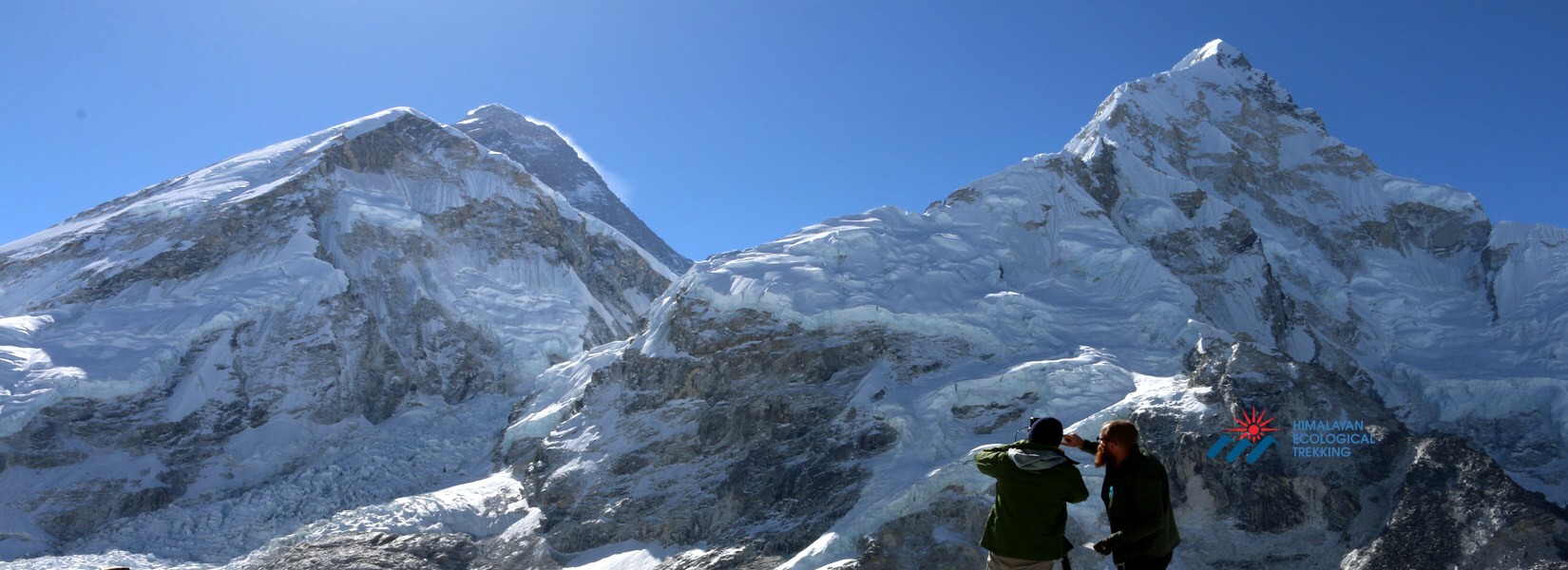About Everest Base Camp Trek - 12 days
Everest Base Camp Trek in Nepal is considered the father of all trekking routes and can be done by following different itineraries.
The Everest Base Camp (EBC) trek is often hailed as the epitome of trekking adventures, offering an immersive experience through the majestic Himalayas.
In modern times, certain adventurers are inclined towards choosing either a one-day helicopter tour to Everest base camp or a combination of hiking to base camp and returning via helicopter. However, we have knitted the more traditional way of walking on this trail. It is the regular Lukla – Namche – Gorakshep – Everest Base Camp – Namche – Lukla route by walking.
The hiking journey starts once you have landed in the world’s most extreme airport the Tenzing Hillary Airstrip Lukla. Walk through the hamlets, green lush coniferous forests, and into the Sagarmatha National Park before achieving Namche Bazaar. The Khumbu marketplace can be reached once you have landed in Lukla after two days of spending a night at Phakding or Manjo. Acclimatization rest of the day is also done in Namche Bazaar.
Trekkers will hike around the hill up to Everest View Hotel or Khumjung/Khunde Village. The sight of mountains like Kwangde, Kusum Kangaru, Thamserku, Amadablam, Lhotse, Nuptse, Tabuche, and Everest makes your day. Adjustment in high altitude is for successful trekking. Therefore, it is mandatory to take a break for a day in Namche Bazaar.
Trekkers then take the route of the spiritual monastery hill station hamlet of Tengboche and Pangboche to reach Dingboche. The village is the largest and least densely populated town/village in the Everest Base Camp Trek route. Another acclimatization is done in the village before heading to Lobuche via Thukla Pass.
Once you have crossed the Lobuche Pass the terrain starts to become rugged. The trail is through moraine and glacier towards Gorakshep which is the last teahouse on the route. Everest Base Camp Trek finally gets to the final destination of the Everest Base Camp. Leave your footprints and gather as many memories as possible while you stroll around the base camp. Early morning hiking to Kalapathar (5545 m) offers a breathtaking Himalayan sunrise experience. Gear up for the enthralling return trip as well.
Book the Everest Base Camp Trek with Himalayan Ecological Trek and relish the walking journey to the base camp of Mount Everest.
